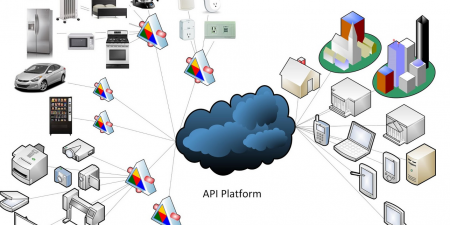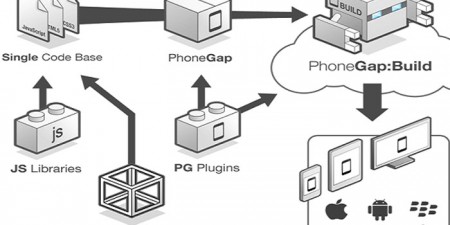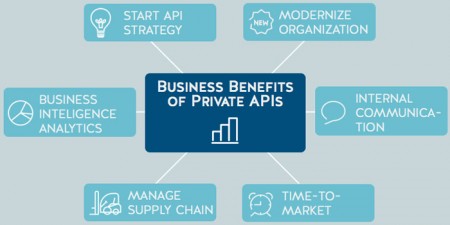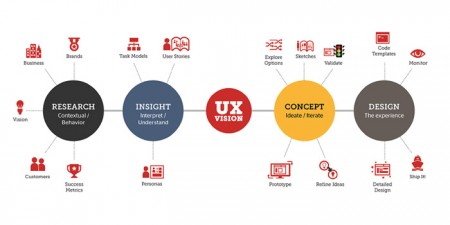API stands for Application Programming Interface which in computer programming practices is a key factor for the development of competent mobile applications. An API basically acts as a platform which lets the programmer interact with multiple applications and the applications to pass information following a set of rules and protocols. With the burst of Mobile technology and thousands of interesting and exciting Applications being created everyday for Android as well as IOS platforms, the field of API has progressed much too quickly to satisfy the need of a much simpler yet sophisticated interface. With the growth of technology the standards of APIs have also increased manifold and the projection for its development this year are jarring yet striking.
Now with the API industry coming out of its formative years into its mature phase more and more companies are intending to roll API Strategies applicable to a wider scale of applications. The advancements in the field of API strategies are predicted to change the front-end as well as back-end tasks for the developers in an application.
Universality in APIs
The year 2016 is set to bring along ubiquity in the API strategies leading to better connection of businesses with customers and partners for sharing useful data on different platforms for universal access. The use of APIs is bound to see a surge with the rise of smart gadgets such as Smartphones, Smart watches, televisions and wide range of other devices. With the beginning of this year Application and so APIs have seen a tremendous propagation and alteration and thus the availability of flexible yet robust APIs is sure to bring a revolution in the industry. However, API’s can function well for developers as well as enterprises if managed efficiently with selective and competent API Management tools.
Crystallization around API Meta Language
API Meta language is the data or information used to describe an API. This information can be passed in any language that is human readable such as on an HTML page or PDF document or even printed on a paper which shall serve as the official documentation of the API. There are several API description languages such as Swagger, RAML and API Blueprint. However, a standardized method to describe APIs was initialized and launched known as Open API Initiative (OAI). The formation of OAI served to help people understand the need for a Meta language for an open API. The success of OAI however, depends on the fact if the API Meta Language can truly crystallize the requirements of all types of users and the various use cases.








